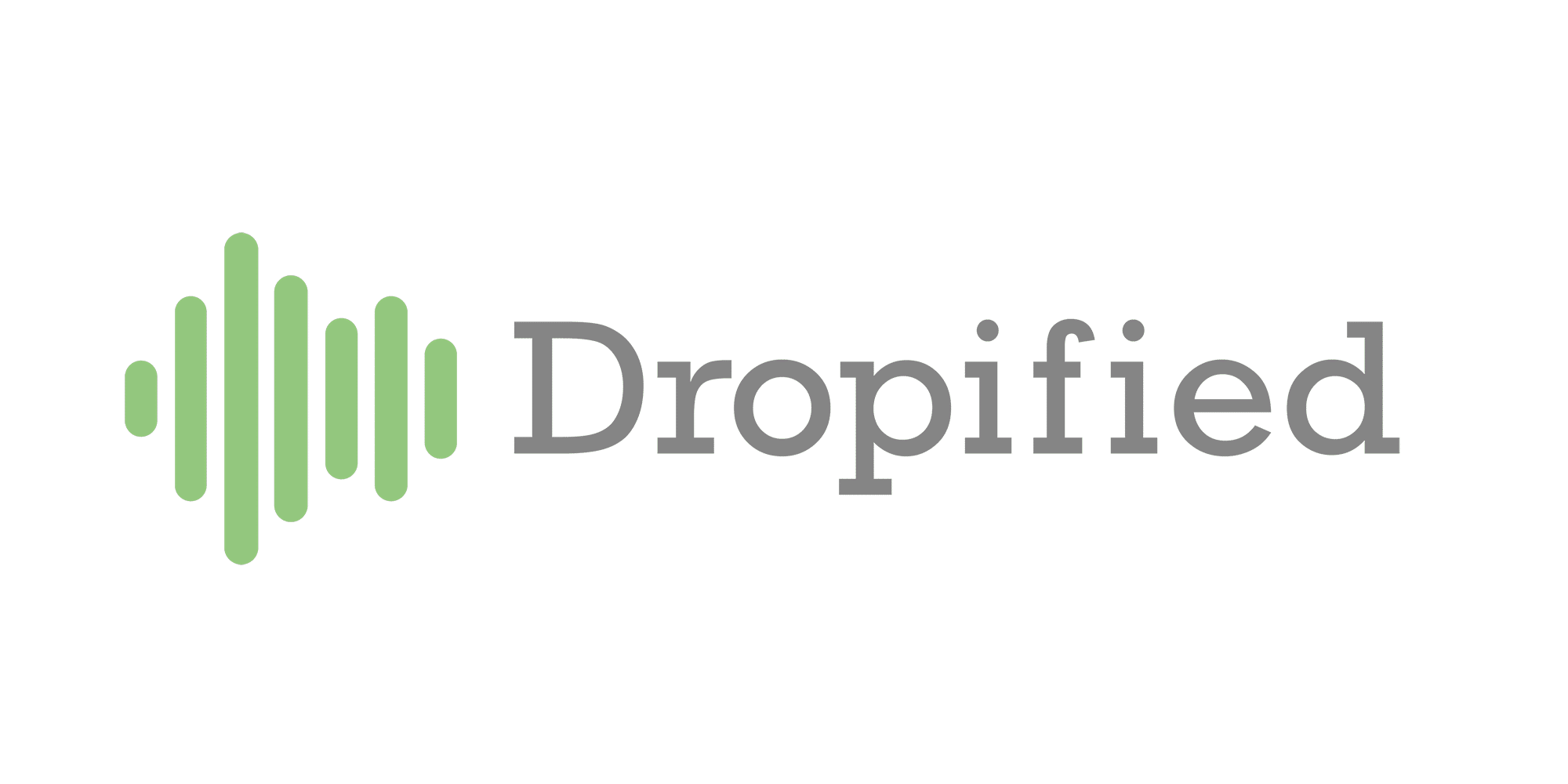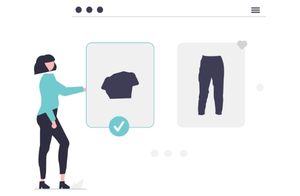Or go to our Shopify Theme Detector directly
How to Pay Taxes on Dropshipping
Last modified: January 11, 2024

Dropshipping is a business like any other. Therefore, you will need to learn how to pay taxes on dropshipping. This can be very important because skipping on paying your taxes can cost you more in the long term and may even land you in jail.
| # | Name | Image | |
|---|---|---|---|
| 1 |

|
AutoDS
|
|
| 2 |
|
Spocket-World Wide Suppliers
|
|
| 3 |

|
Syncee - Global Dropshipping
|
|
| 4 |

|
Printful-Sell Printed and Embroidered Items
|
|
| 5 |

|
Sup Dropshipping
|
|
| 6 |

|
DSers-AliExpress Dropshipping
|
|
| 7 |

|
Zendrop - Dropshipping & POD
|
|
| 8 |

|
Dropshipman: Dropshipping & POD
|
|
| 9 |

|
AO - AliExpress Dropshipping by FireApps
|
|
| 10 |

|
Trendsi - Fashion Dropshipping
|
|
| 11 |

|
CJdropshipping
|
|
| 12 |

|
DropCommerce
|
|
| 13 |

|
Modalyst-Sell Brand Name Products
|
|
| 14 |

|
Ali Orders-Fulfill Orders Easily
|
|
| 15 |

|
Blanka - Private Label Beauty
|
|
| 16 |

|
Dropified-Automate Your Dropshipping Business
|
|
| 17 |

|
ProductPro
|
|
| 18 |

|
Spreadr App
|
|
| 19 |

|
Importify
|
|
| 20 |

|
Inventory Source
|
|
| 21 |

|
Roxie
|
|
| 22 |

|
Fulfillbot: Dropshipping Agent
|
|
| 23 |

|
KakaClo
|
|
| 24 |

|
Oberlo-Get the Best Produtcts for Your Site
|
|
|
Show More
|
|||
How to Pay Taxes on Dropshipping
Dropshipping is a business like any other. You must pay taxes that are based on your local laws and the tax rates. The sales that you make are the same as if you are working within an eCommerce business, service business or anything else. Therefore, there is no excuse for not paying taxes.
What you need to do is to register with the governing body that monitors and records the tax amount that you have to pay. Then you have to consider how much you are going to save every month to ensure that you don’t get a hefty bill at the end of the tax year that you can’t afford.
In some business circles, they say that you should save about 33% of everything that you earn. But this isn’t always the case. Several Shopify accounting apps are really easy to use that can tell you exactly how much tax you need to save.
Different Taxes
However, there might be several taxes that you need to save for. For instance, you might need to save the money from sales on a sales tax (remember to calculate this within your prices to ensure that you’re still making a profit) and then you will need to pay tax on your profits.
It is important to note that your income tax or general tax is only charged on your profits. This is the amount that you earned from sales in total, minus any amounts that it took to run your business. This includes costs for the merchandise, running the website, running your office, taxes already paid and more.
Therefore, you can actually make a lot of savings. For instance, some jurisdictions will allow you to take a percentage of the costs to run your home off your tax bill. A good example of this is in the UK where you can reduce your tax bill by including part of the utility bills, insurance and more.
If you’re in doubt, speak to an accountant, and they can help you determine what you can and cannot claim against your tax. If you’ve been doing it for a while, you might also find that you can claim a rebate for past tax years.
Understanding Dropshipping Taxes
Income Tax Considerations
As dropshippers, we must pay income tax on our profits. This includes revenue after deducting expenses like merchandise costs, website operation, and more.
In some regions, you can also deduct a portion of home running costs. Always consult an accountant for accurate tax filing and potential rebates.
Sales Tax Nuances
Sales tax is a key aspect, varying based on customer location and our business nexus. In the U.S., nexus determines if we collect sales tax, which varies by state.
For international sales, understanding VAT and customs duties is crucial. Shopify’s tools can assist in automating these tax calculations.
Maximizing Tax Efficiency
To optimize tax payments, understand different tax types: income, sales, source, and customs duty. Each has unique calculation methods and rates.
For instance, U.S. federal income tax ranges from 10% to 37%. Sales tax depends on nexus presence. Source tax, around 10%, is added to product costs by suppliers.
Setting Up Taxes in Shopify for Droshipping Business
Identifying and Managing Nexus
Determine if you have a sales tax nexus in any state. This requires collecting and remitting sales tax for those states. Shopify’s automatic tax calculation feature simplifies this process, ensuring compliance.
Handling International Taxation
For international sales, be aware of VAT and customs duties. Inform customers about potential import charges. Shopify can help calculate these taxes, but professional advice is recommended for accurate compliance.
Utilizing Shopify’s Tax Tools
Leverage Shopify’s features for efficient tax management. Set up automatic tax calculations based on your and your customers’ locations. Regularly update your settings to reflect changes in tax laws and rates.
Conclusion: How to Pay Taxes on Dropshipping
If you’re trying to find out how to pay taxes on dropshipping, then this is no different from any other business. You just need to speak to the people who are in charge of your region’s tax laws. With a Shopify account, you can start your dropshipping business and use tax apps that can help you determine how much you need to save for your end of year tax bill. This makes the whole process a lot easier.
*Don’t forget to check out our roundup of the best dropshipping apps you need on your store.
Keep on reading about Dropshipping on Shopify. For example How to Start a Dropshipping Business and Can You Dropship from Your Phone?. Both part of our Shopify Dropshipping Apps and Shopify Dropshipping Themes lists. You can read more about Dropshipping on Shopify with our ultimate Dropshipping on Shopify guide.
-
What is a sales tax nexus in dropshipping?
A sales tax nexus is the connection between your dropshipping business and a tax jurisdiction. It determines where you’re obligated to collect and remit sales tax, based on factors like your location, sales volume, or physical presence.
-
Can I claim tax deductions for my home office in dropshipping?
Yes, if you use part of your home exclusively for business, you can claim deductions. These may include a portion of rent, utilities, and internet costs, based on the size of your home office area.
-
Are there any specific tax forms for dropshipping businesses?
While there’s no specific tax form for dropshipping, you’ll use standard business tax forms. These include Schedule C for reporting income and expenses if you’re a sole proprietor, or other forms if your business is structured differently.





 PageFly Landing Page Builder
PageFly Landing Page Builder  Shopify
Shopify  SEMrush
SEMrush  Website Maintenance
Website Maintenance  UpPromote
UpPromote